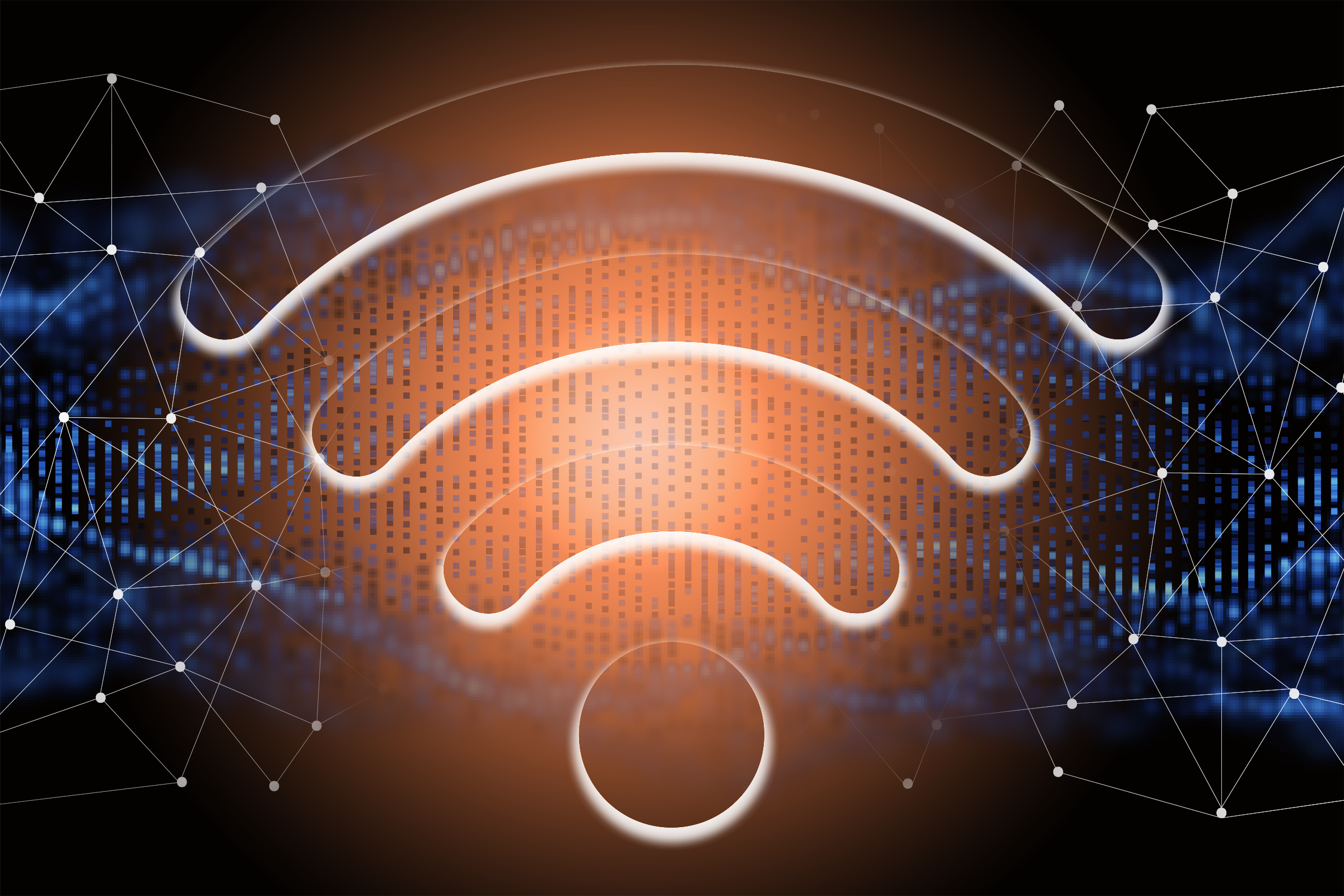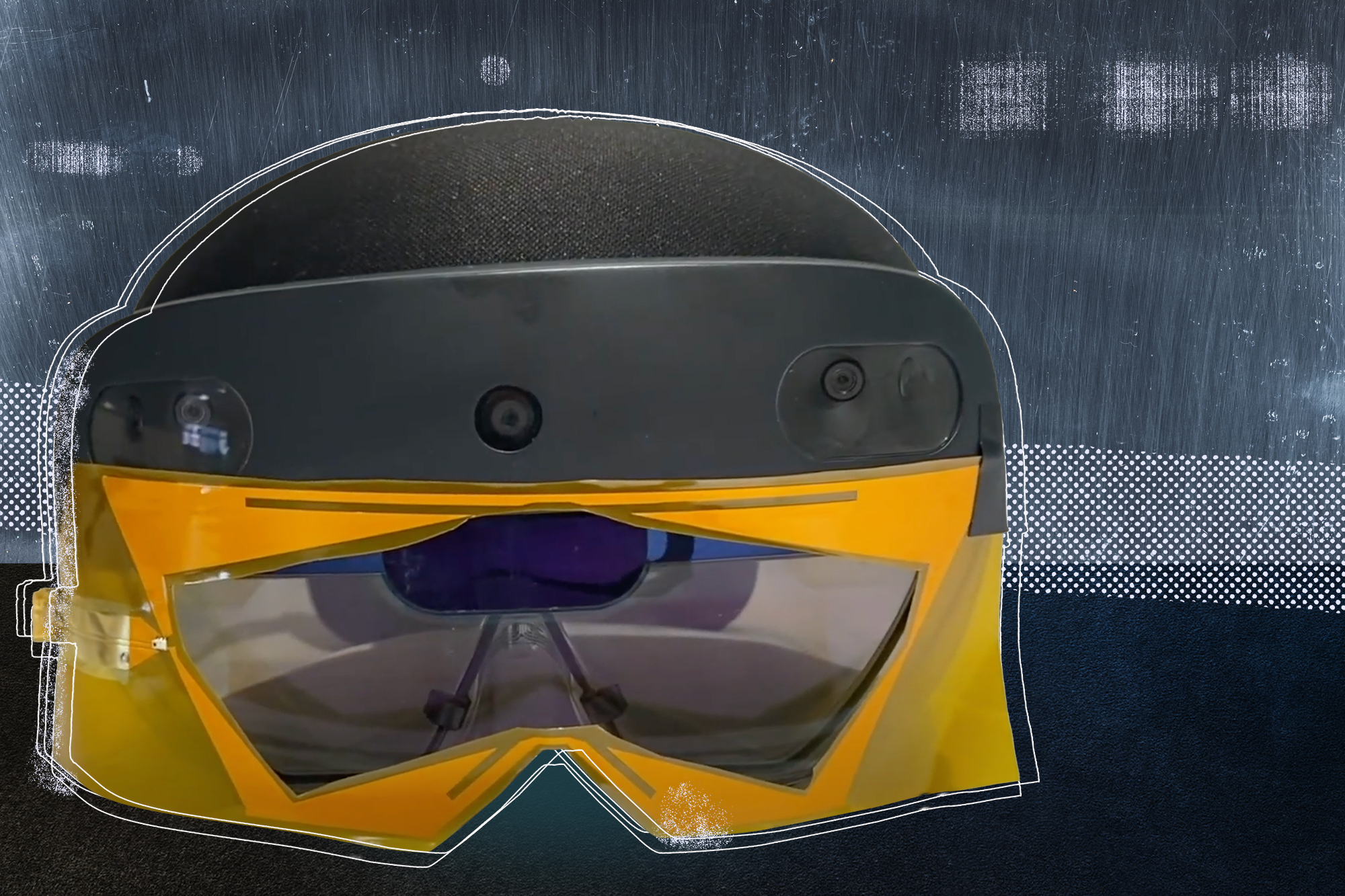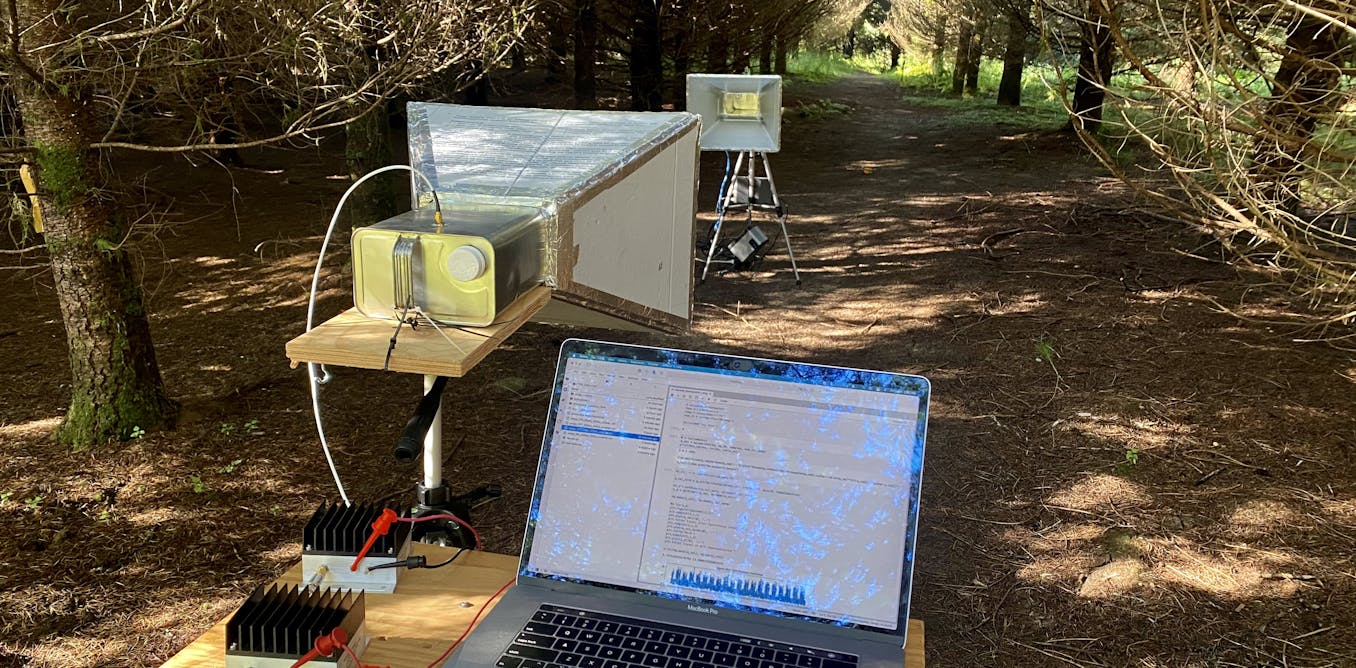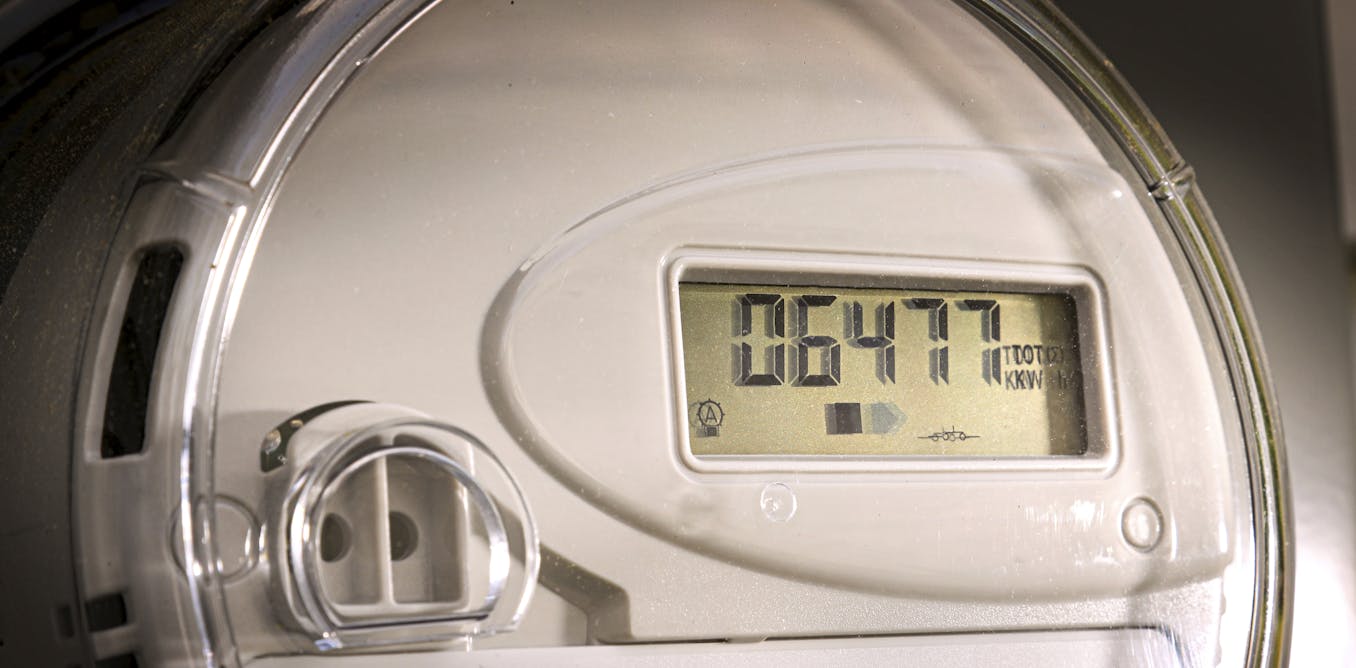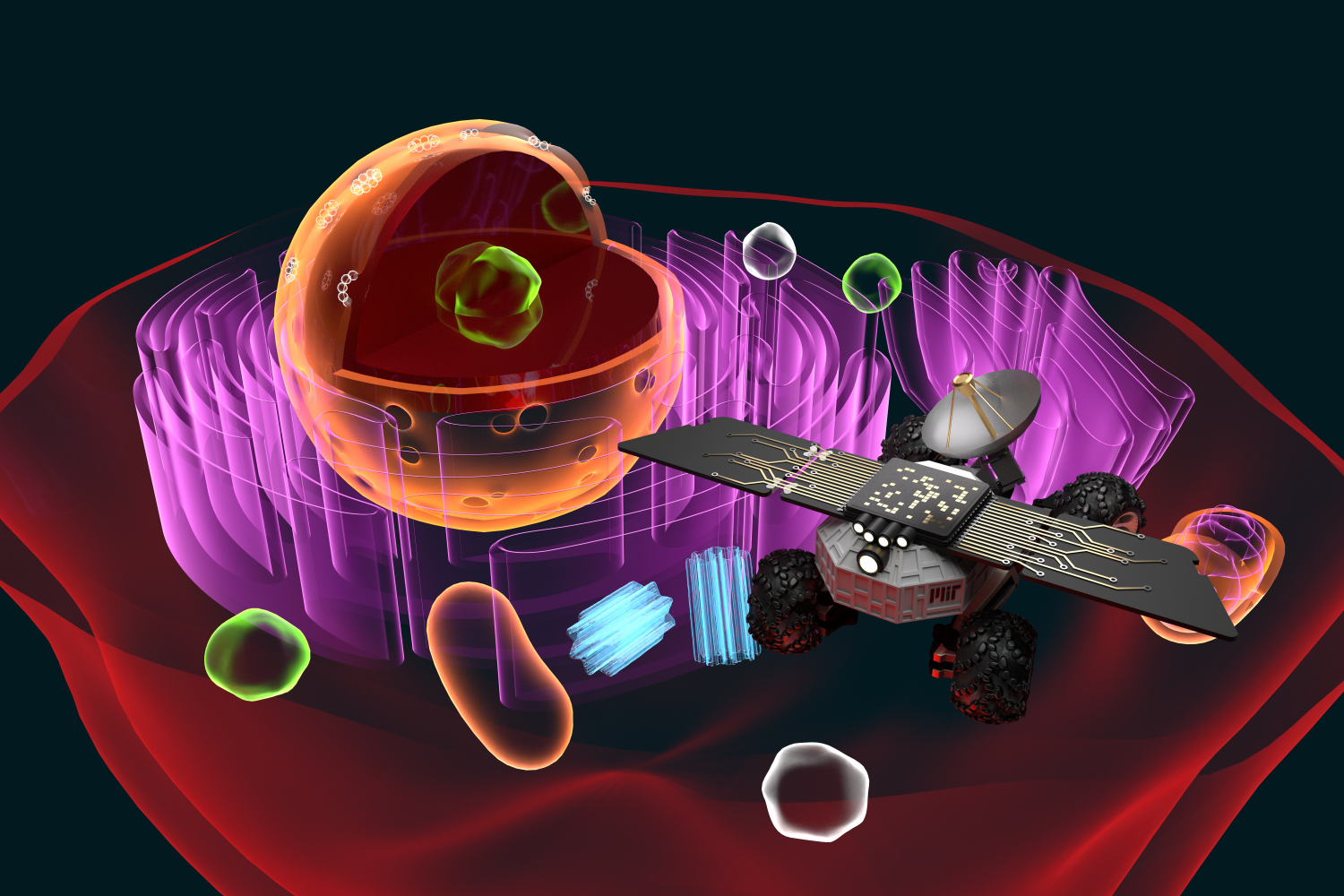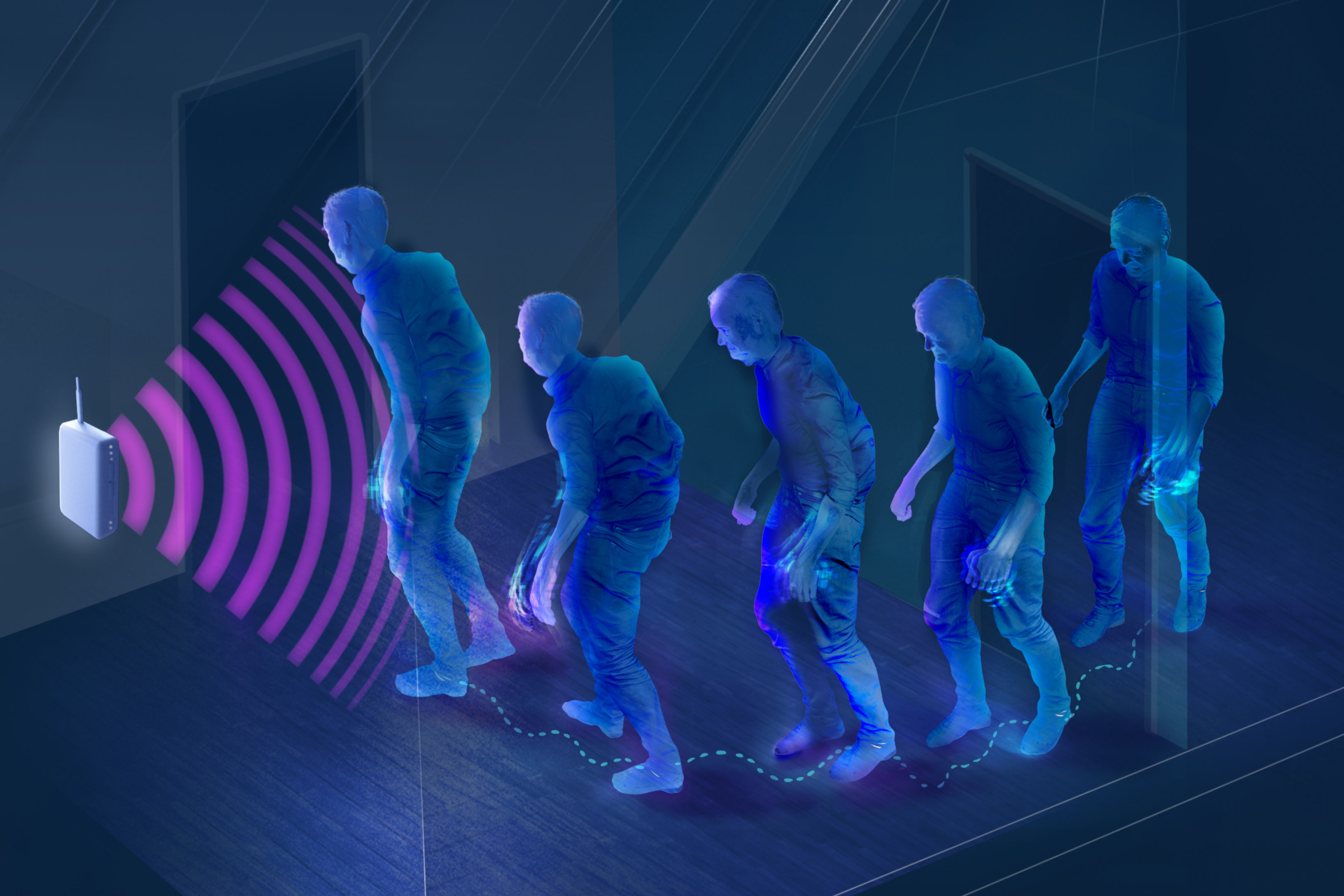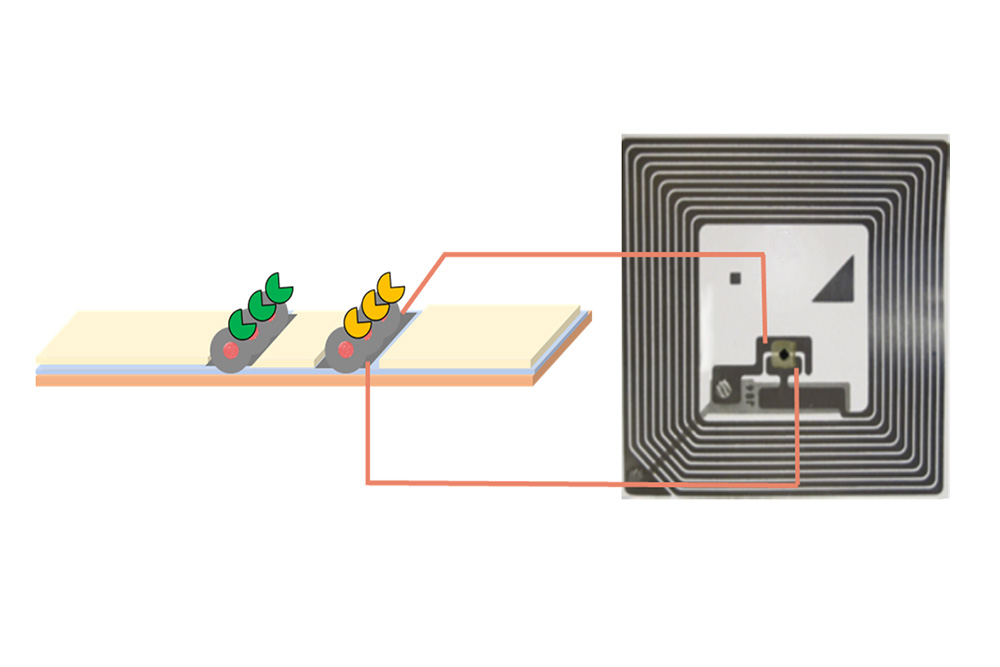Device transmits radio waves with almost no power – without violating the laws of physics
A wireless transmitter uses almost no power and at first glance appears to violate the laws of physics. It’s actually a clever use of physics that could one day transmit data from tiny remote sensors.
Zerina Kapetanovic, Acting Assistant Professor of Electrical Engineering, Stanford University •
conversation
Jan. 24, 2023 • ~7 min
Jan. 24, 2023 • ~7 min
Smart meters and dynamic pricing can help consumers use electricity when it's less costly, saving money and reducing pollution
Most households pay a flat rate 24/7 for electricity although the cost of generating it fluctuates through the day. Wireless technologies are changing that system.
Bhaskar Krishnamachari, Professor of Electrical Engineering, University of Southern California •
conversation
Oct. 18, 2022 • ~10 min
Oct. 18, 2022 • ~10 min
MIT chemists develop a wireless electronic lateral flow assay test for biosensing
Design from the Swager Lab uses electronic polymers, rather than colored lines, to indicate a positive response, enabling quantitative monitoring of biomarkers.
Danielle Randall Doughty | Department of Chemistry •
mit
Aug. 24, 2022 • ~3 min
Aug. 24, 2022 • ~3 min
Artificial intelligence model can detect Parkinson’s from breathing patterns
An MIT-developed device with the appearance of a Wi-Fi router uses a neural network to discern the presence and severity of one of the fastest-growing neurological diseases in the world.
Alex Ouyang | Abdul Latif Jameel Clinic for Machine Learning in Health •
mit
Aug. 22, 2022 • ~6 min
Aug. 22, 2022 • ~6 min
/
9


